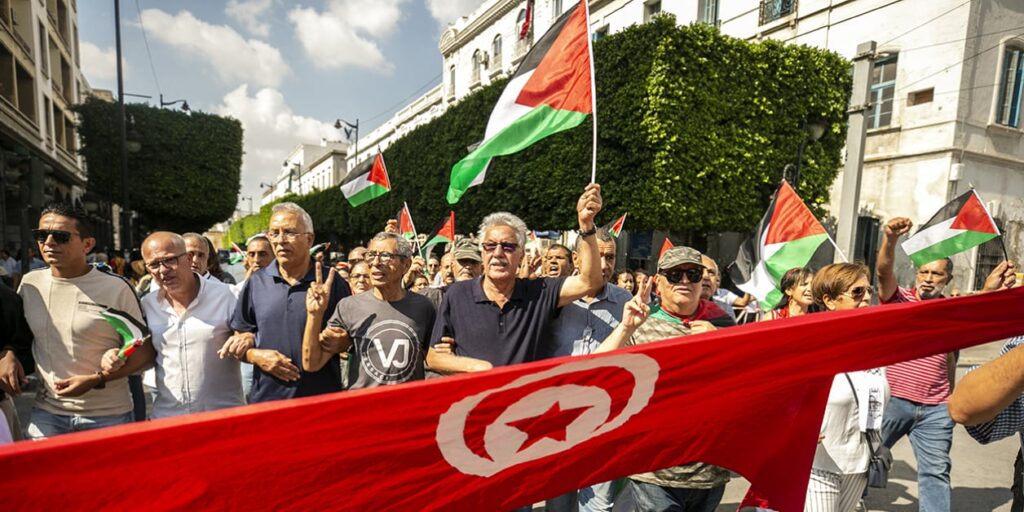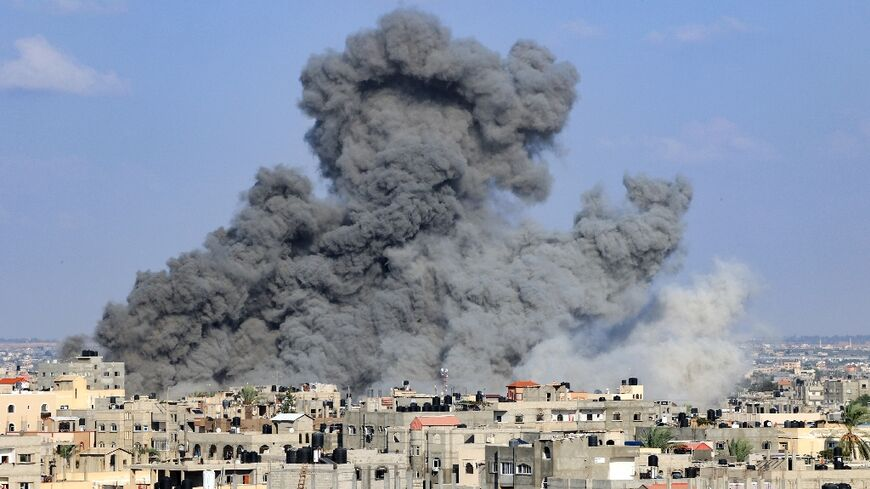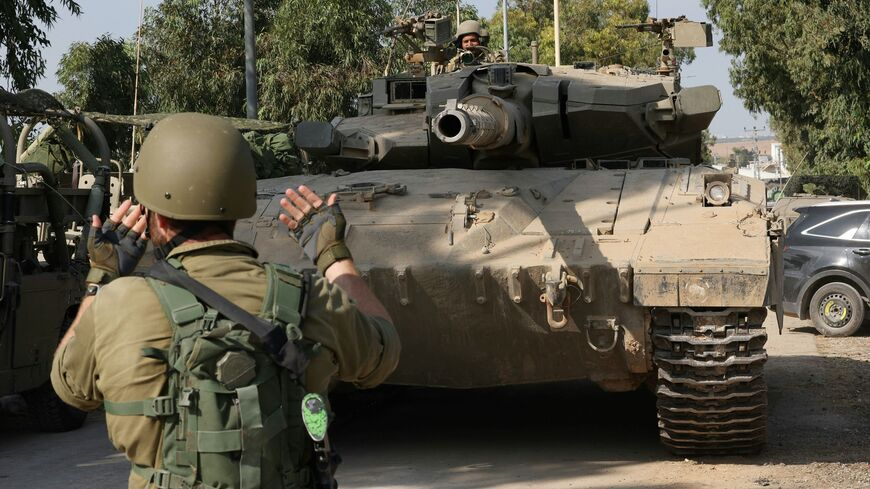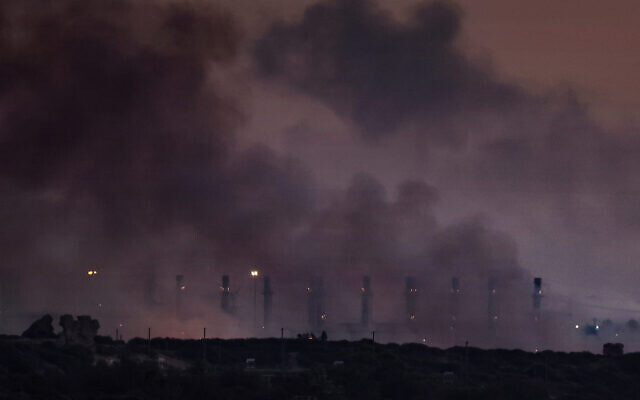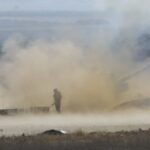In Depth: How Israel Created the European Refugee Crisis
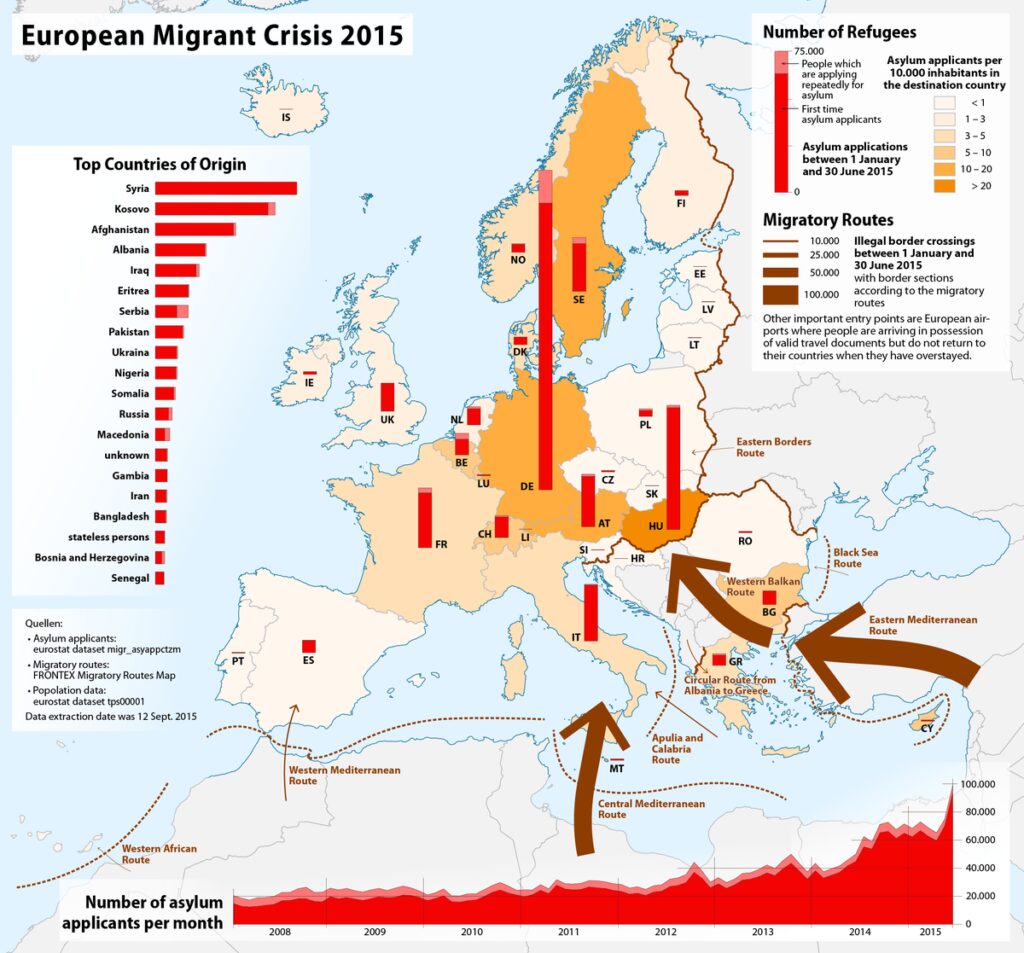
The world has looked on with shock and horror at the Jewish bombardment of innocent civilians in Palestine over the last few days. Apparently even Israel thinks their actions are indefensible, since on May 15th, the Israel Defense Forces (IDF) destroyed a building housing the Associated Press (AP) and other media outlets in Gaza with the intention of stopping images of Palestinian suffering from reaching the rest of the world. Following the attack on the AP, Israel stepped up its bombing of civilian targets, killing dozens of Palestinians with airstrikes on populated streets.

